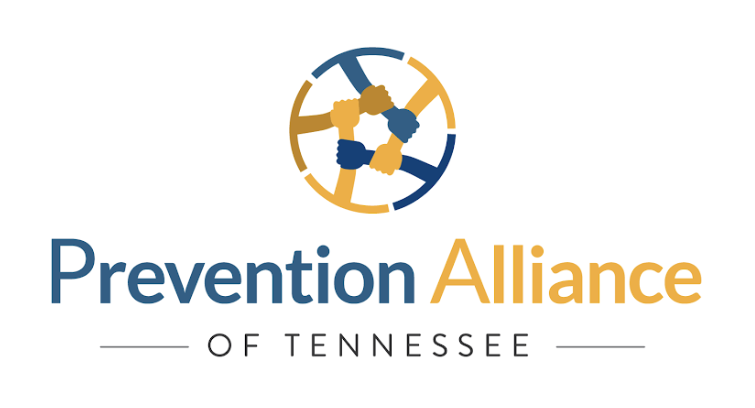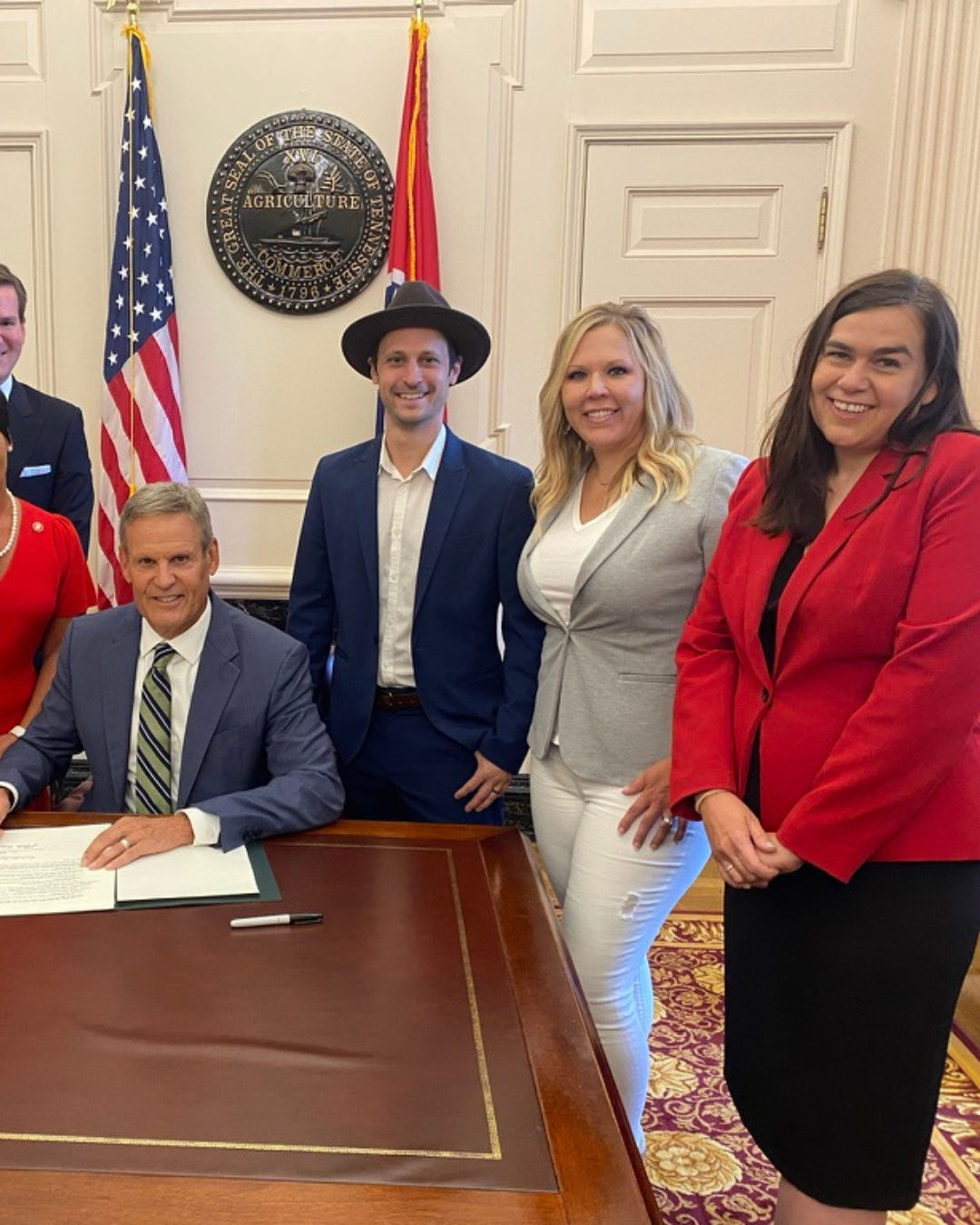
Why are Coalitions Important?
The work of prevention is greatly advanced when it is coordinated by a locally-developed coalition. By bringing together stakeholders from all sectors to collect and analyze local data to determine the strengths and the needs of their community, coalitions become perfectly positioned for the successful implementation of evidence-based programs that can address the risks faced by Tennesseans. Coalitions utilize a trusted process known as the Strategic Prevention Framework, beginning with a comprehensive community assessment, making data-driven decisions to build capacity around changing and emerging issues. Coalitions are equipped to address problems from the onset and can identify early trends based on comprehensive data assessments. To effectively address local problems, coalitions collaborate to develop and implement customized strategic solutions.
Coalitions demonstrate long-term success in their ability to impact community-wide outcomes.
Lower adolescent prevalence of use than communities that do not effectively address substance misuse.
Lower adolescent prevalence of use than they did before they received funding to specifically address substance misuse. (DFC National Cross-Site Evaluation, ICF International, 2014)
A conservative cost-benefit analysis revealed for every $1 invested in primary prevention in Tennessee, there is a $4.60 cost savings for a 400% return on investment.

How do coalitions operate?
Environmental strategies are based on the belief that substance use is a product of
multiple environmental conditions and circumstances. These include the norms of the
communities in which they live, the accessibility of alcohol, tobacco, and other drugs, the
mass media messages to which they are exposed, and the rules and policies of the social
institutions to which individuals belong.
TENNESSEE COALITIONS IMPLEMENT A BROAD RANGE OF EVIDENCE-BASED STRATEGIES INCLUDING, BUT NOT LIMITED TO:
Drug-Free Workplace Training Programs
Youth and adult substance use prevention education and development programs
SBIRT (Screening Brief Intervention Referral to Treatment) and other Continuing Medical
Education Training for medical providers
Prescription Drug disposal efforts (takeback events, permanent disposal bins)
Compliance checks to stop the sale of Alcohol & Tobacco to underage youth
Community Team Building
Health Promotion Events (back to school event, community event)
Establishing/Reviewing/Changing Policies - Codes, Ordinances, Regulations, and Laws
Sobriety Checkpoints and Saturation Patrols
Media Campaigns (Born Drug-Free Tennessee)
Medication monitoring programs and distribution of free lock boxes

Research suggests that effective prevention coalitions impact community-wide changes in targeted health behaviors. There are specific criteria for effectiveness that have been identified as crucial to achieving these community-level impacts.
✓ Adopts the public health approach
✓ Builds capacity around specific issues
✓ Has long-range, strategic focus on population-level change
✓ Coordinates data collection and analysis
✓ Uses data to determine priorities
✓ Involves diverse community partners, reflective of the community
✓ Selects evidence-based programs, policies, & practices
✓ Has long-range, strategic focus on population-level change
✓ Sets goals and tracks outcomes over time




